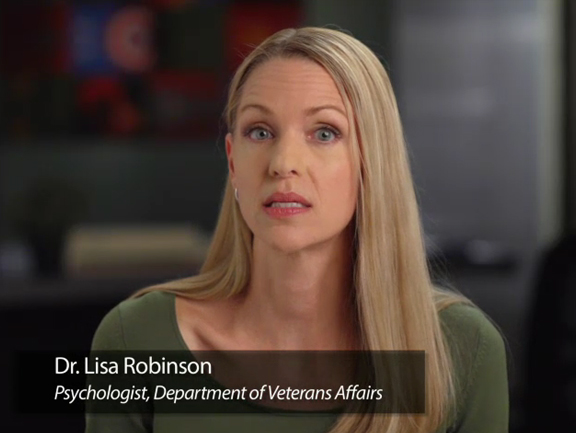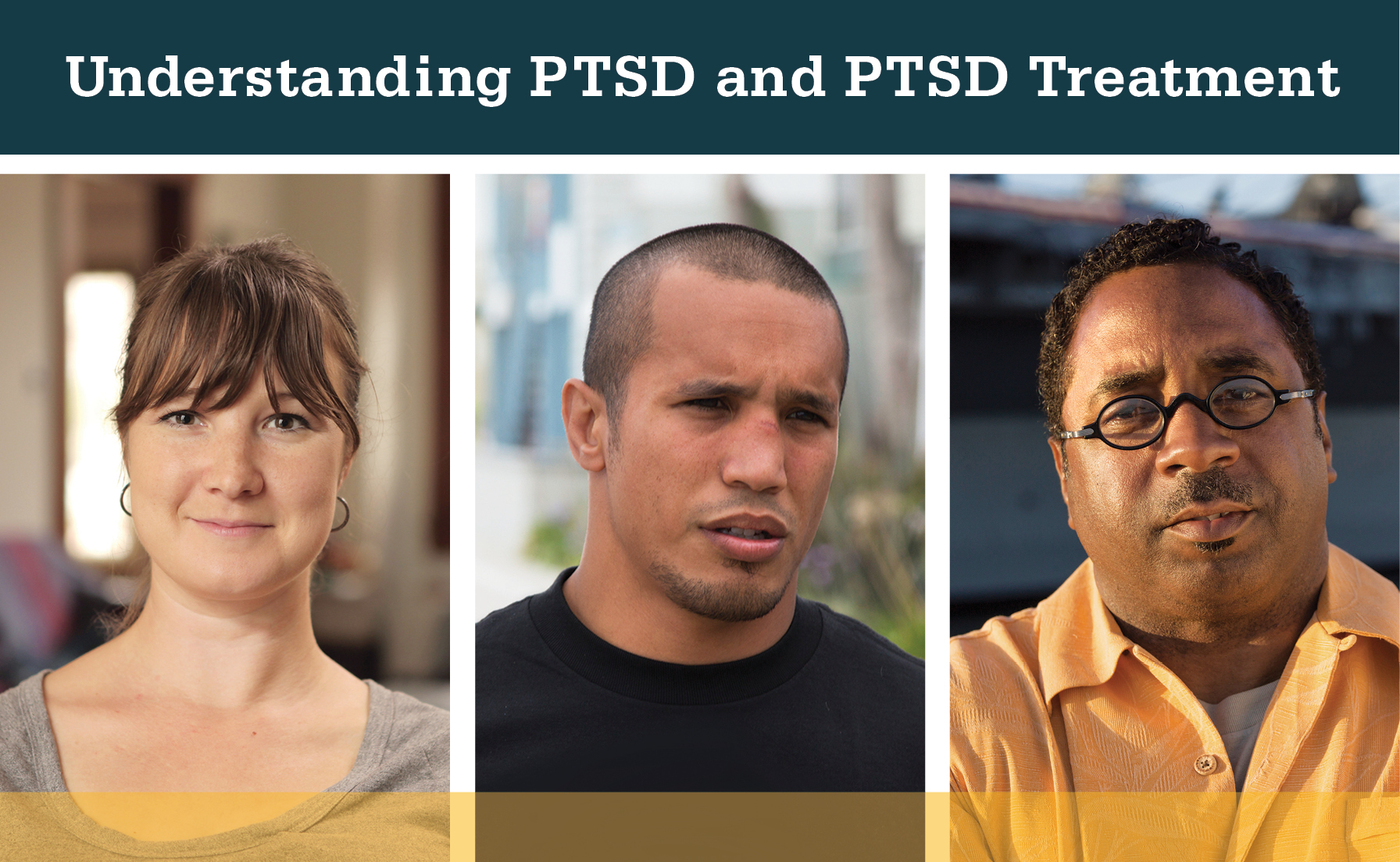PTSD: National Center for PTSD
Eye Movement Desensitization and Reprocessing (EMDR) for PTSD
Eye Movement Desensitization and Reprocessing (EMDR) for PTSD
Available en Español
The best treatments for PTSD are trauma-focused talk therapies. These treatments help you process—or work through—your traumatic experience. Learn about Eye Movement Desensitization and Reprocessing (EMDR), which helps you think about the trauma in a different way.
Reading time: minutes
What Type of Treatment Is This?
Eye Movement Desensitization and Reprocessing (EMDR) is a psychotherapy—or talk therapy—for PTSD. EMDR can help you process upsetting memories, thoughts, and feelings related to the trauma. By processing these experiences, you can get relief from PTSD symptoms.
Video
What is EMDR?
Dr. Melissa Beason-Smith describes the Eye Movement Desensitization and Reprocessing treatment under a minute.
How Does It Work?
After trauma, people with PTSD often have trouble making sense of what happened to them. EMDR helps you process the trauma, which can allow you to start to heal. In EMDR, you will pay attention to a back-and-forth movement or sound while you call to mind the upsetting memory until shifts occur in the way that you experience that memory and more information from the past is processed. Although EMDR is an effective treatment for PTSD, there is disagreement about how it works. Some research shows that the back and forth movement is an important part of treatment, but other research shows the opposite.
What Can I Expect?
During the first stage, you will learn about physical and emotional reactions to trauma. You and your provider will discuss how ready you are to focus on your trauma memories in therapy. To prepare, you will learn some new coping skills. Next, you will identify the "target", or the upsetting memory you want to focus on--including any negative thoughts, feelings and bodily sensations related to the memory. You will hold the memory in your mind while also paying attention to a back-and-forth movement or sound (like your provider's moving finger, a flashing light, or a tone that beeps in one ear at a time) until your distress goes down. This will last for about 30 seconds at a time, and then you will talk about what the exercise was like for you. Eventually, you will focus on a positive belief and feeling while you hold the memory in your mind. Towards the end of treatment, your provider will re-assess your symptoms to see if you need to process other targets.
Video
What Can I Expect?
Providers give you an overview of what you can expect during treatment and more details into the process.
Is It Effective?
Yes, trauma-focused psychotherapy (including Eye Movement Desensitization and Reprocessing) is one of the most effective types of treatment for PTSD.
Video
Is It Effective?
Dr. Melissa Beason-Smith explains how EMDR helps patients deal with their trauma.
What Are the Risks?
You may feel uncomfortable when focusing on trauma-related memories or beliefs. These feelings are usually brief and people tend to feel better as they keep doing EMDR. Most people who complete EMDR find that the benefits outweigh any initial discomfort.
Group or Individual?
EMDR is an individual therapy. You will meet one-to-one with your provider for each session.
Will I Talk in Detail about My Trauma?
No, in most cases you will not be asked to talk about the details of your trauma out loud. But you will be asked to think about your trauma in session.
Will I Have Homework?
No, EMDR does not require you to complete homework or practice assignments between sessions.
How Long Does Treatment Last?
About 1-3 months of weekly 50-90 minute sessions. But, many people start to notice improvement after a few sessions. And the benefits of EMDR can last long after your final session with your provider.
How Available Is This in VA?
Moderate. This treatment is available at many VA facilities. It is also available outside the VA with community providers.
Does VA Have an App for That?
No, currently the VA has not developed an app for EMDR.
Choosing the Best Treatment for You
Trying to figure out which PTSD treatment is best for you? For more videos about Eye Movement Desensitization and Reprocessing and other treatments that work, get started with the PTSD Treatment Decision Aid.
You May Also Be Interested In




























